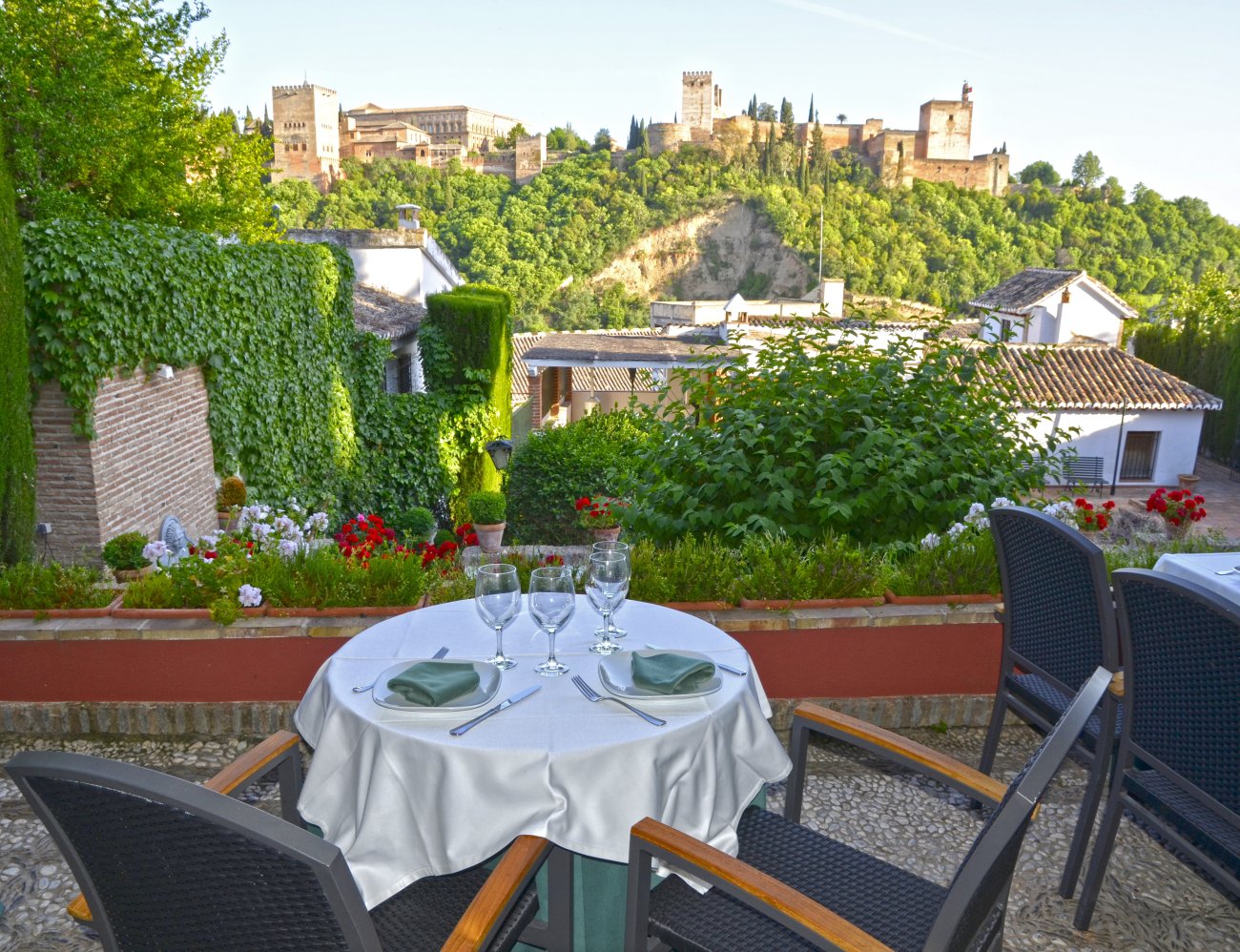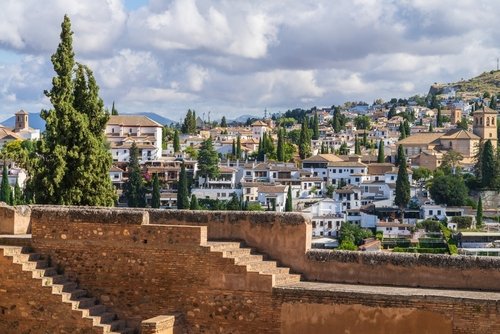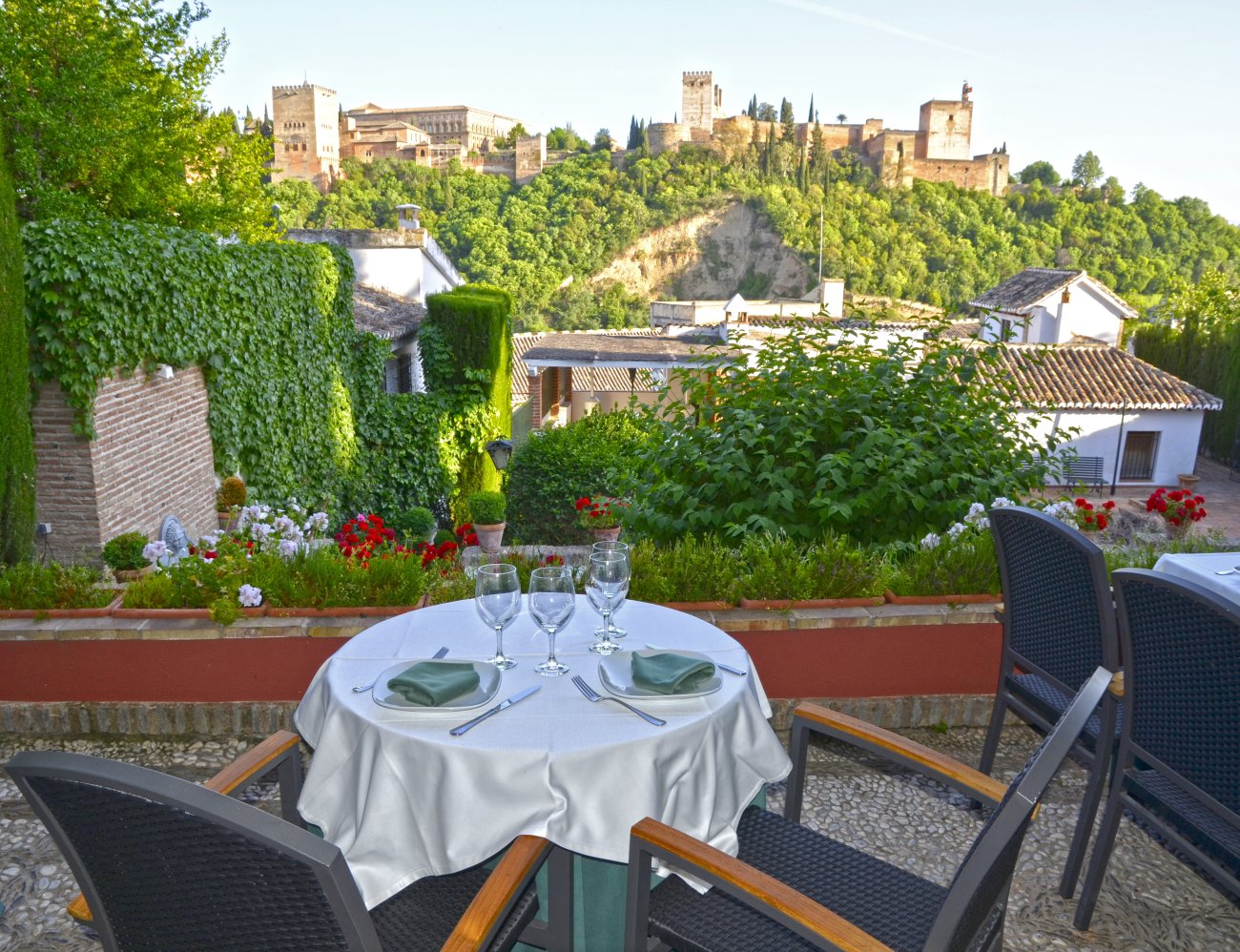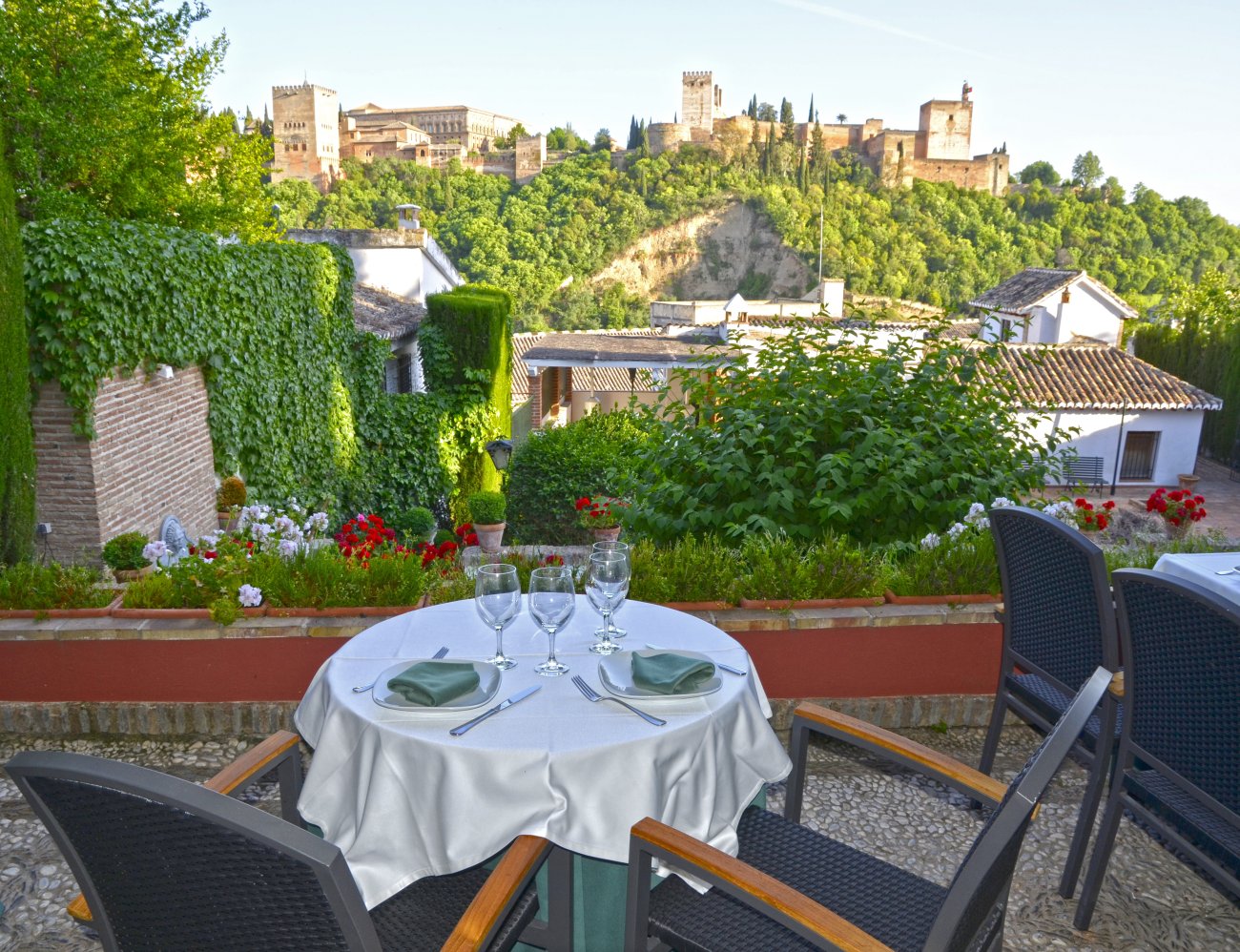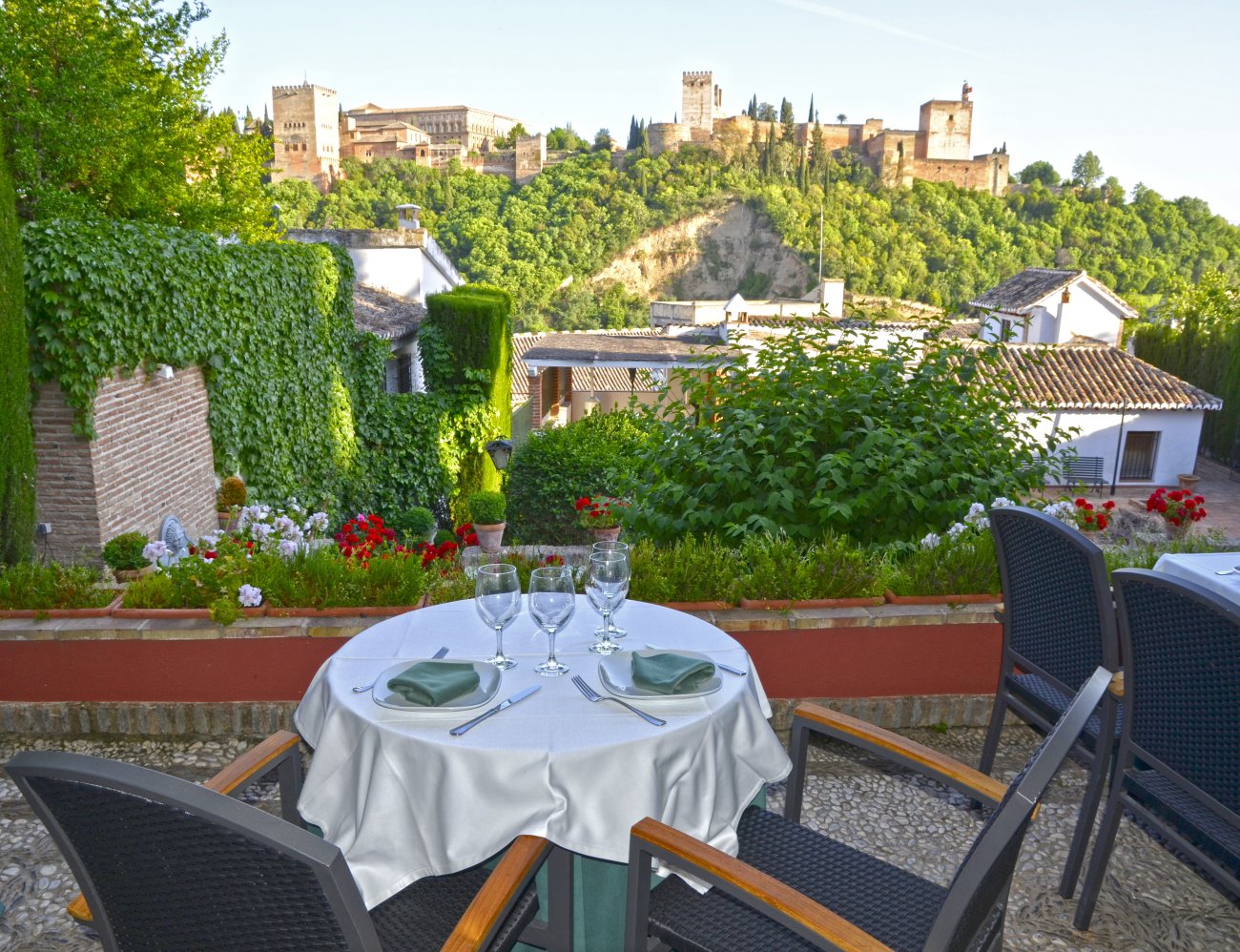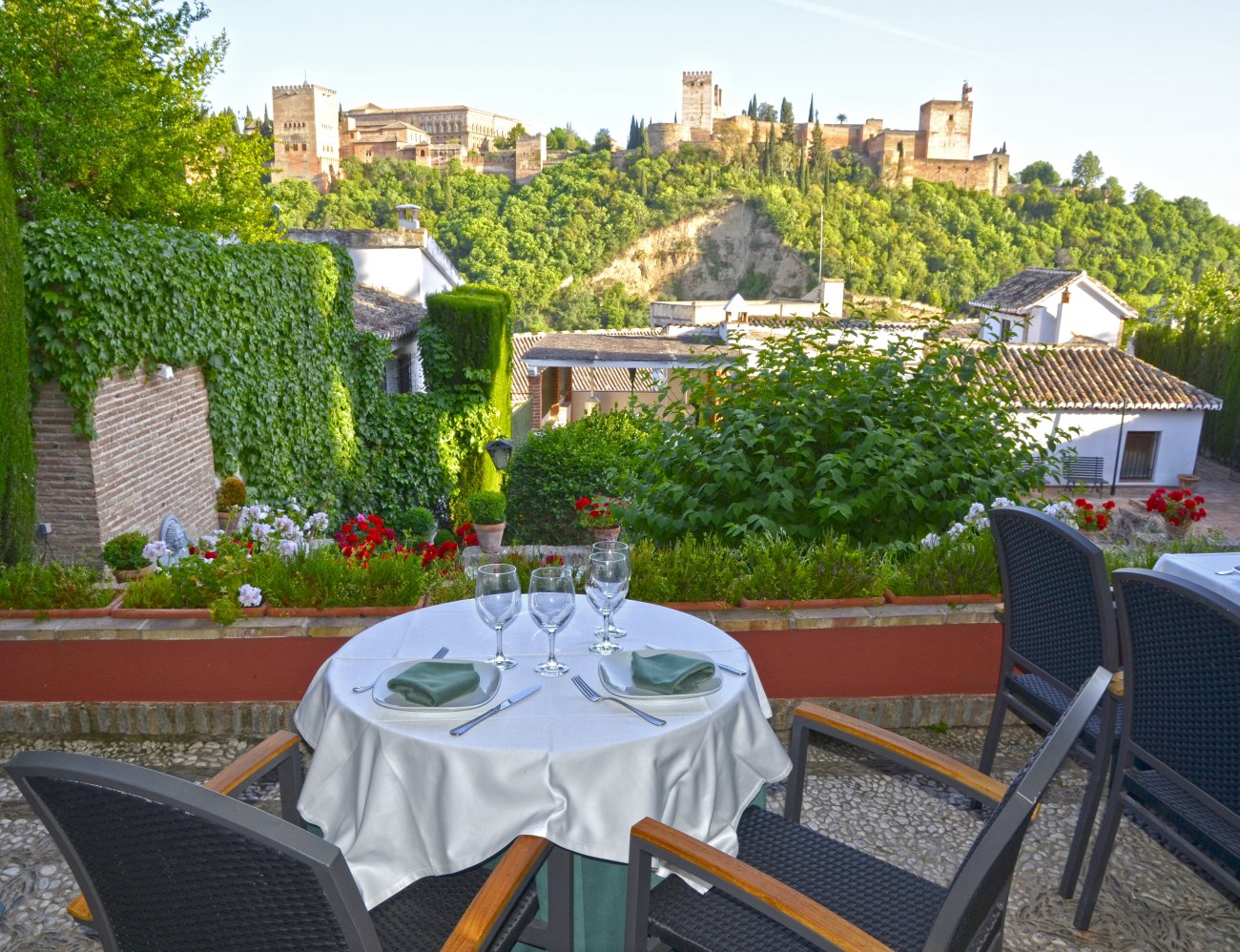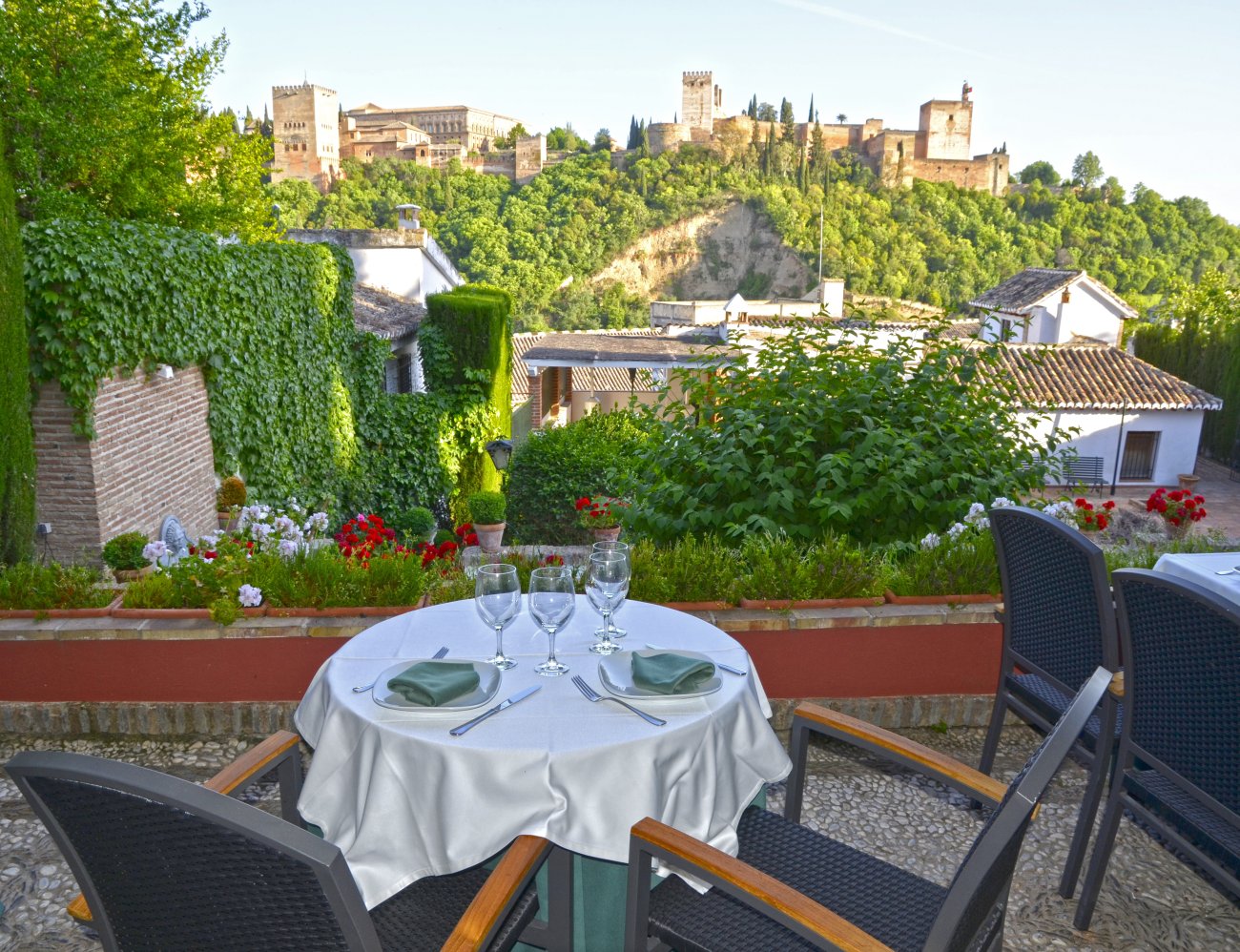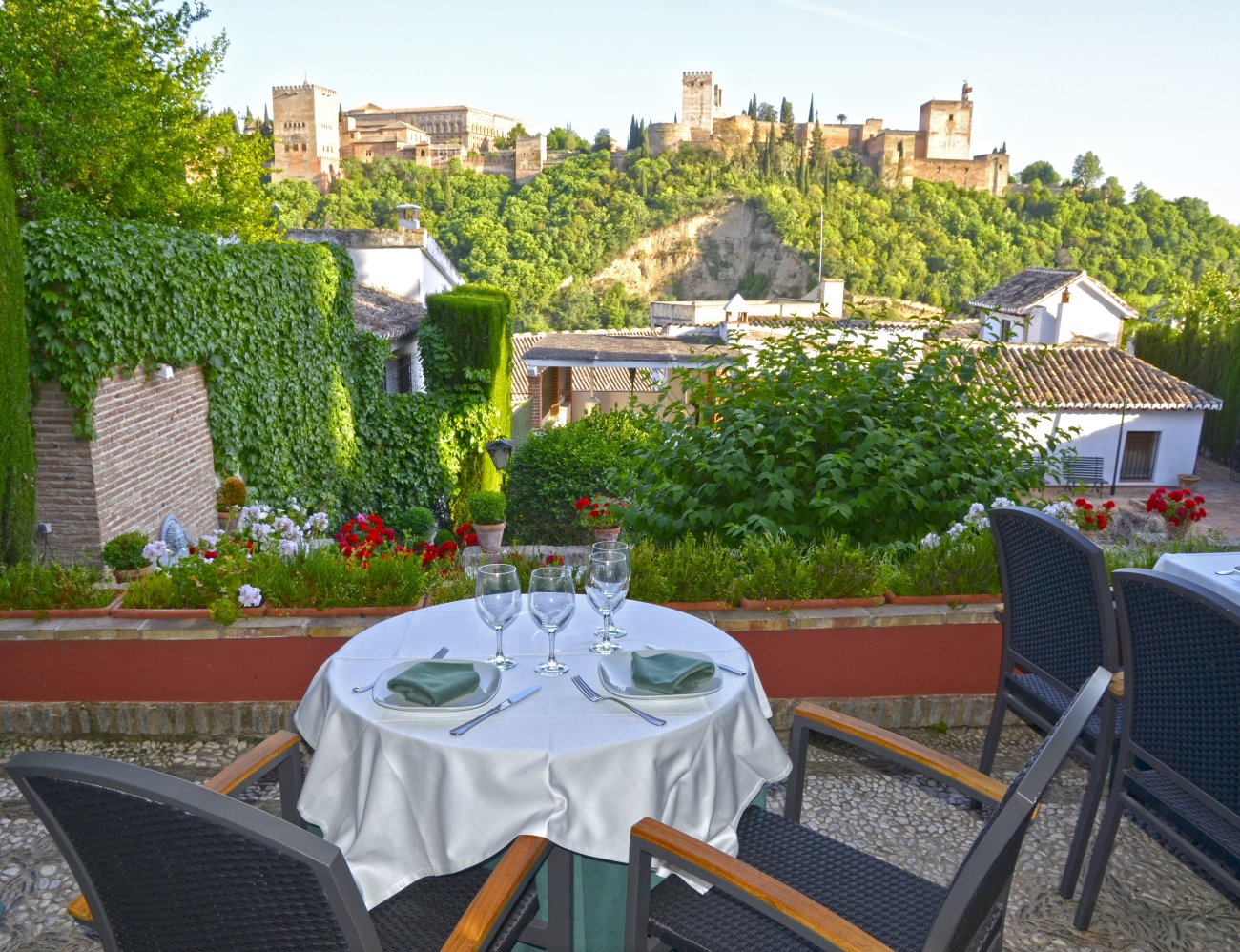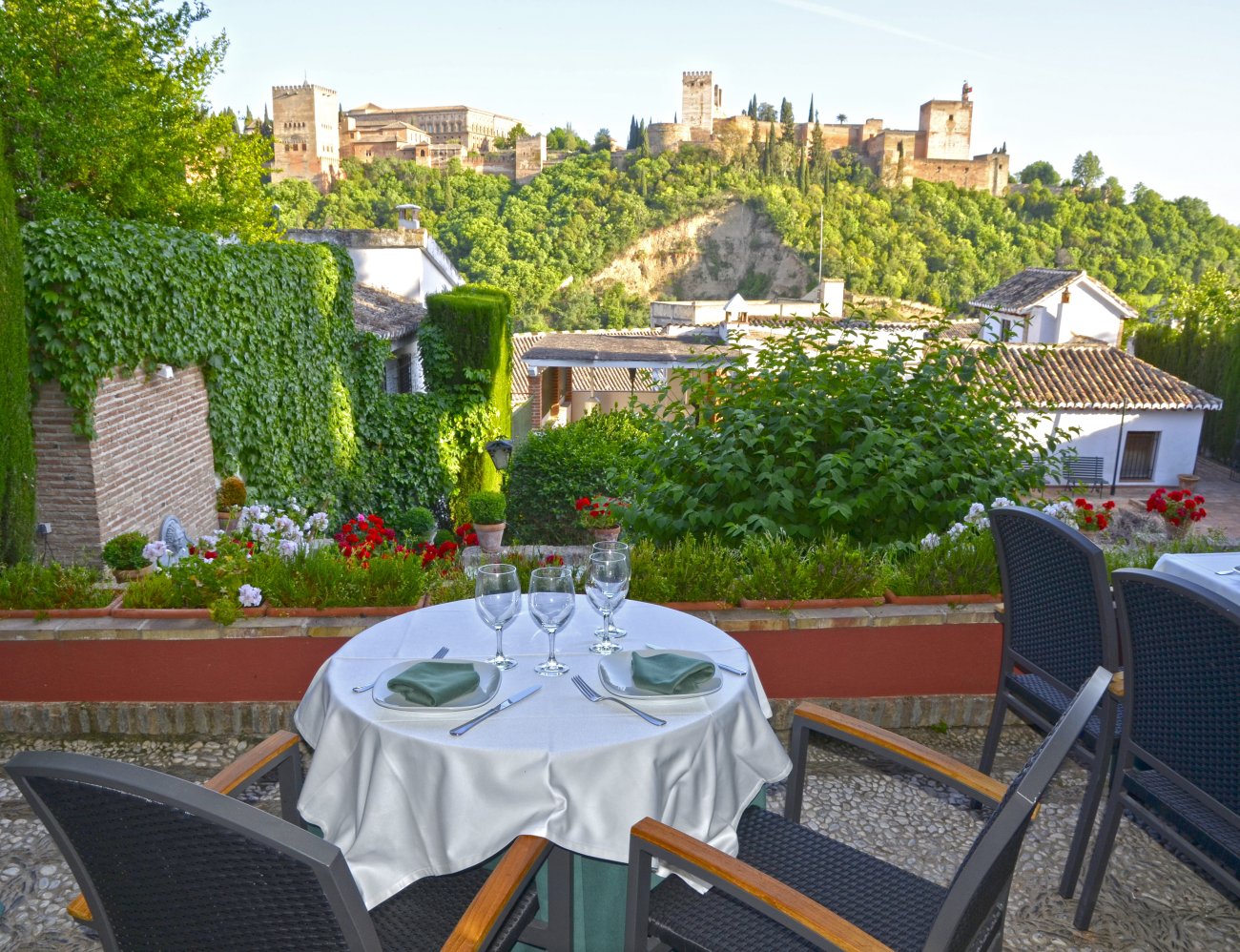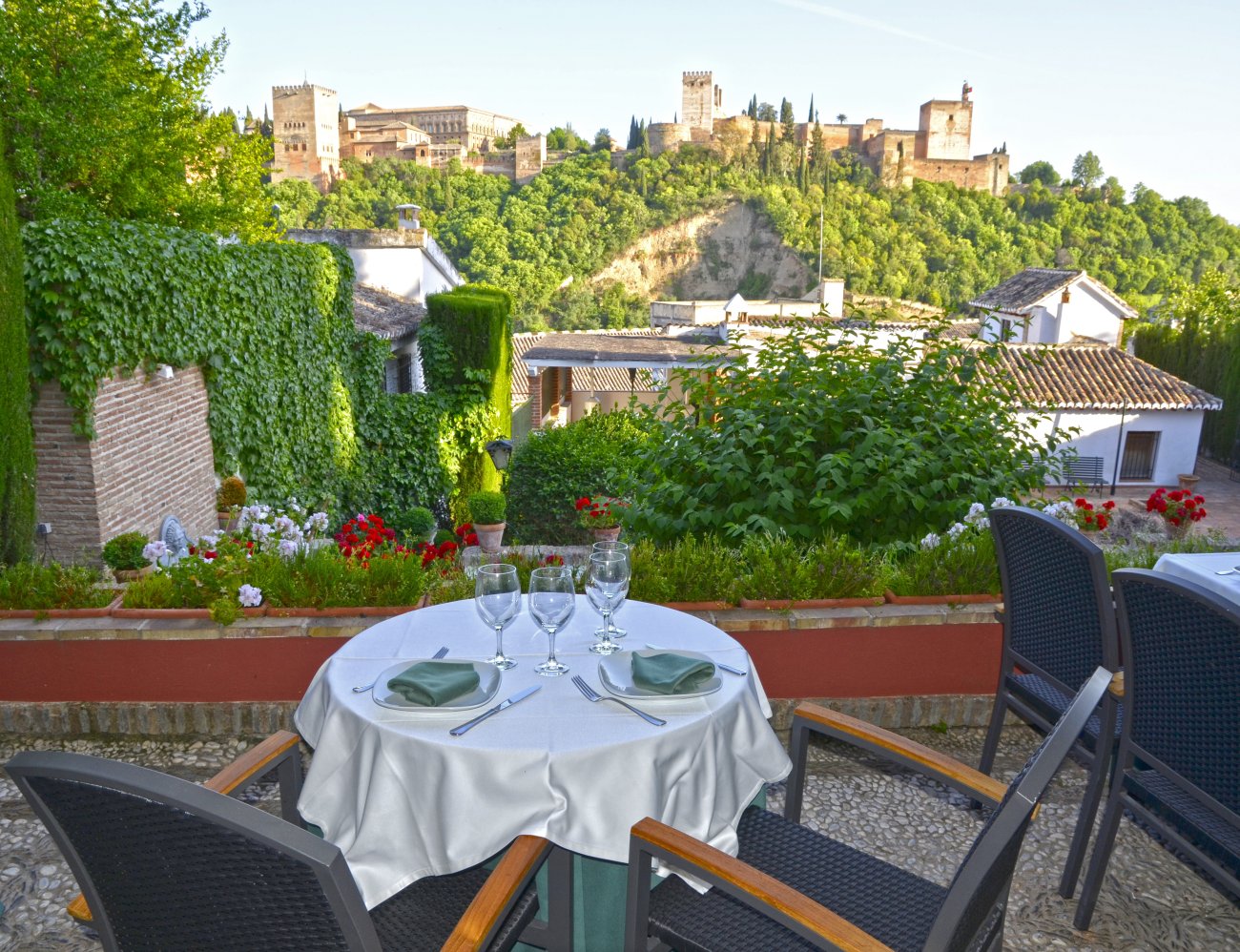The Generalife Gardens, along with the palaces and fortifications of the Alhambra, have been declared a UNESCO World Heritage Site and are one of the main tourist attractions in the region.
History
The Generalife Gardens have their origin in the 13th century, built as part of the palace complex of the Alhambra during the reign of Sultan Muhammad III of Granada. Originally, these gardens served as a place of recreation and rest for the Nasrid monarchs, offering a quiet and cool refuge away from the bustle of the court.
The name "Generalife" comes from the Arabic "Jannat al-Arif," meaning "Garden of the Architect," suggesting that they were intended to be a space of inspiration and creativity for the architects and designers of the Alhambra.
Design and Features
The Generalife Gardens are famous for their geometric design, stepped terraces and abundant fountains and ponds. Its design reflects the principles of Islamic gardening, harmoniously combining water, vegetation and architecture.
One of the most notable elements is the Patio de la Acequia, a central patio surrounded by columns and arches. It gets its name from the irrigation ditch that runs through the garden and feeds the numerous fountains and ponds. The sound of the water and the freshness of the vegetation create a serene environment that invites contemplation and reflection.
Cultural Importance
The Generalife Gardens are an exceptional testimony of Islamic art and architecture in the Iberian Peninsula, symbolizing the cultural wealth of al-Andalus. Their beauty and carefully crafted design reflect the sophistication and creativity of the civilizations that created them, as well as their deep respect for nature.
